
Ventilation Air Methane Abatement Safety Project
Experimental process and facilities
Below is a selection of the apparatus used in testing throughout the project. A range of gas, gas-dust and gas particulate explosions were ignited in varying concentrations and conditions. Data from this research has culminated in the design and construction of an at-scale VAM Capture Duct.


- Determination of the minimum explosive concentration of gas, dust, and hybrid
- Determination of the maximum explosion pressure Pmax of dust clouds
- Determination of the maximum rate of explosion pressure rise (dp/dt) max of dust clouds
- Determination of the lower explosion limit LEL of dust clouds
- Determination of the limiting oxygen concentration LOC of dust clouds
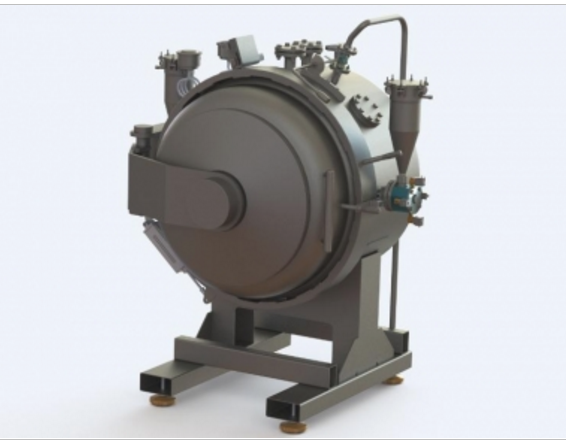
- Determination of the minimum explosive concentration of gas, dust, and hybrid
- Determination of the maximum explosion pressure Pmax of dust clouds
- Determination of the maximum rate of explosion pressure rise (dp/dt) max of dust clouds
- Determination of the lower explosion limit LEL of dust clouds
- Determination of the limiting oxygen concentration LOC of dust clouds
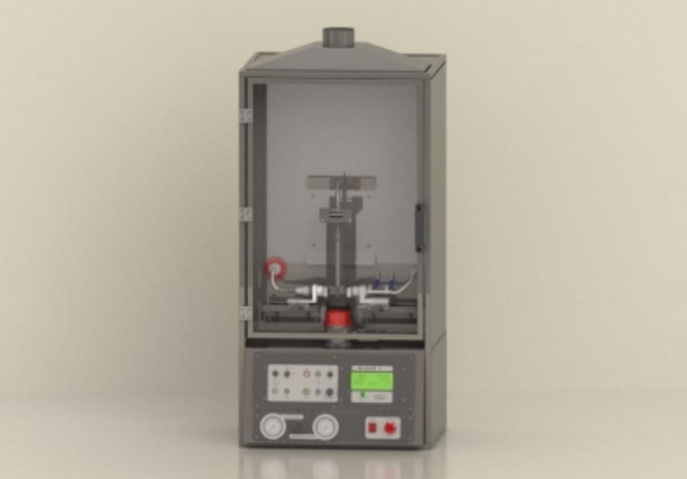
- Determination of minimum ignition energy of dust/air mixtures
- Applicable for all types of combustible dusts
- Applicable for all types of flammable gases (methane, propane, etc.)
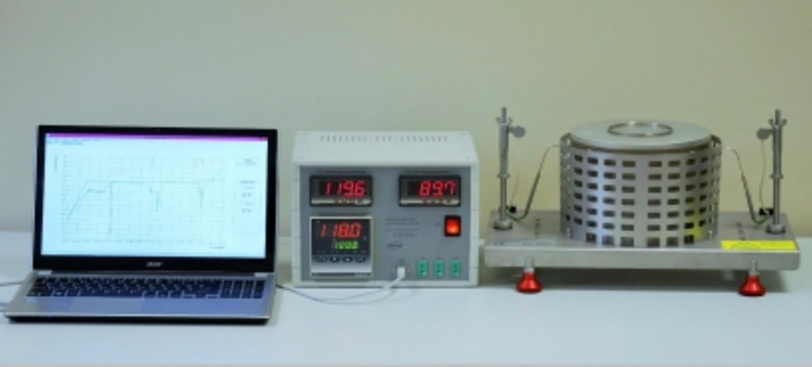
- Determining the minimum ignition temperatures of combustible dust layer on a heated surface at a constant temperature.
- Applicable for all types of combustible dusts
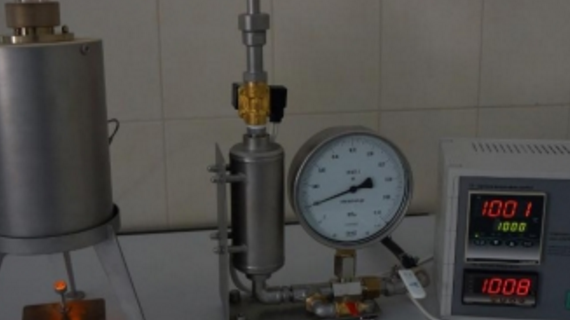
- Determining the minimum ignition temperatures of combustible dust cloud at a constant temperature.
- Applicable for all types of combustible dusts
- Applicable for all types of flammable gases (methane, propane, etc.)
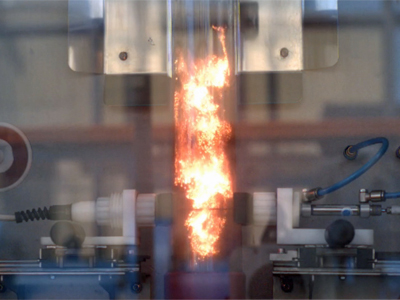
- Determining the lower and upper concentration limits of flammability of chemicals having sufficient vapour pressure to form flammable mixtures in air at one atmosphere pressure at test temperature.
- Determining the lower and upper concentration limits of flammability of chemicals in the presence of inert dilution gas.
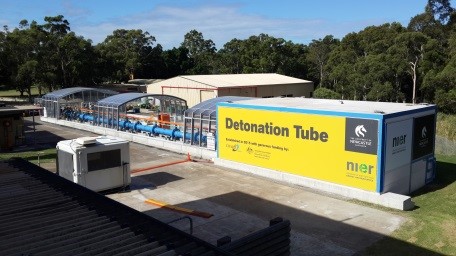
- Determine blast pressure and pressure wave velocity
- Investigate the occurrence of DDT (Deflagration-to-Detonation Transition)
- Examine flame front velocity
- Determine pressure piling
- Define the minimum explosive concentration of gas, dust, and hybrid
- Determine the maximum explosion pressure Pmax of gas and/or combustible dust
- Determine the maximum rate of explosion pressure rise (dp/dt) max
- Determination of the lower explosion limit (LEL) of gas/dust or hybrid fuel
- Examine flame front velocity
- Determine blast pressure and pressure wave velocity within the pipe
- Determine the rate of energy release
- Investigate the occurrence of direct detonation
- Determine pressure piling
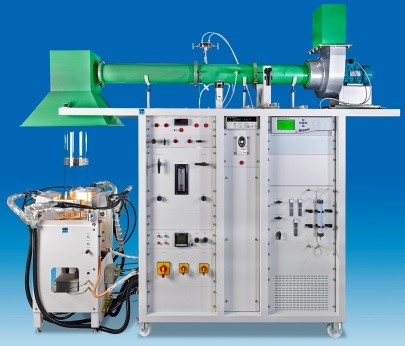
- Assessment of class of materials flame retardants
- Determine heat release rate from materials during combustion process
- Define flammability parameters of solid fuels
The University of Newcastle acknowledges the traditional custodians of the lands within our footprint areas: Awabakal, Darkinjung, Biripai, Worimi, Wonnarua, and Eora Nations. We also pay respect to the wisdom of our Elders past and present.